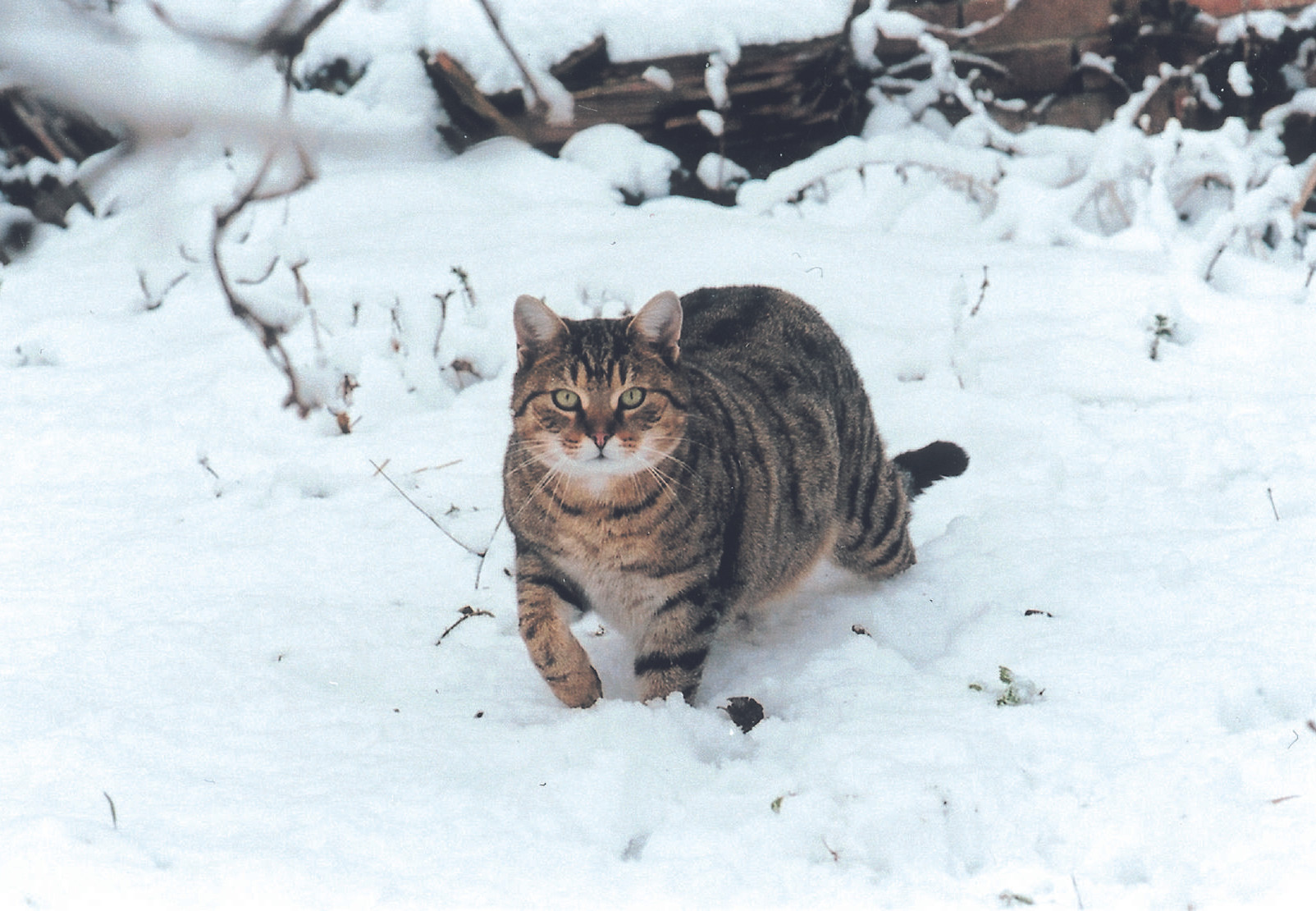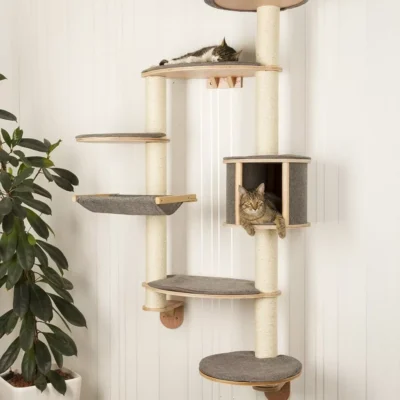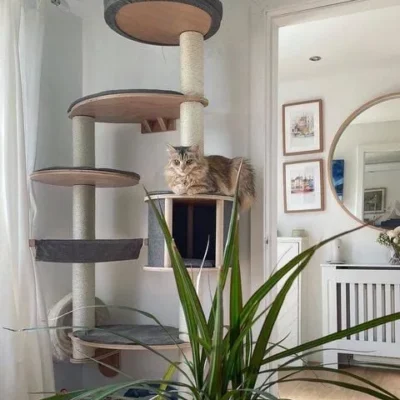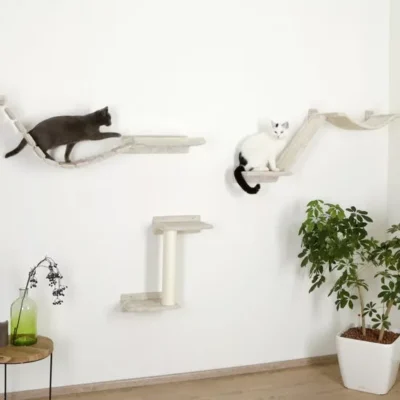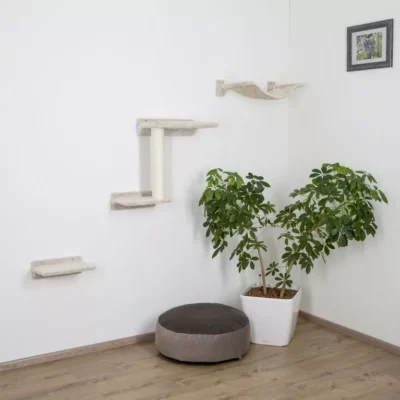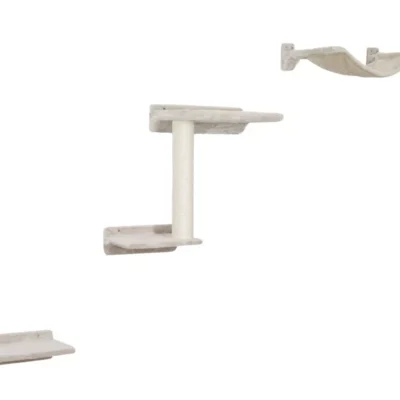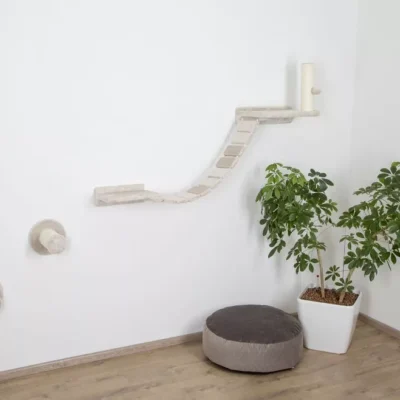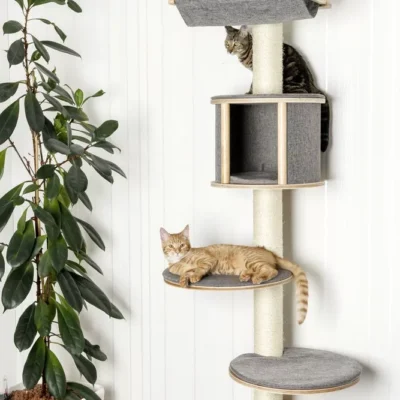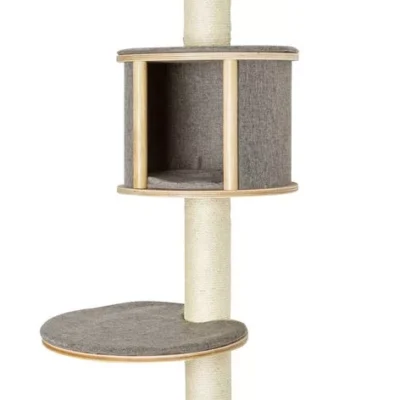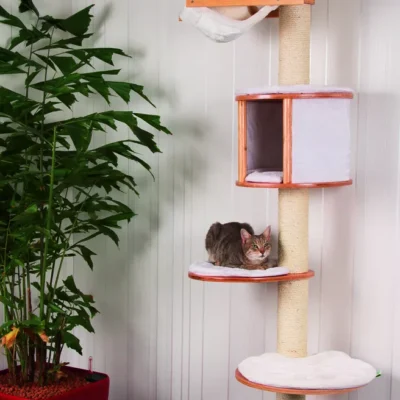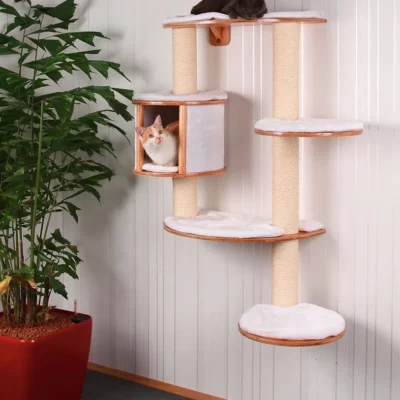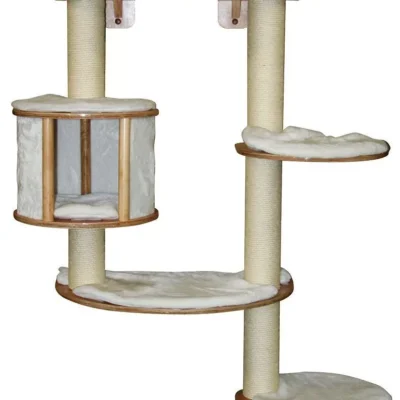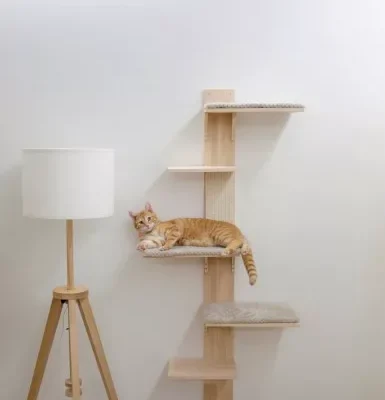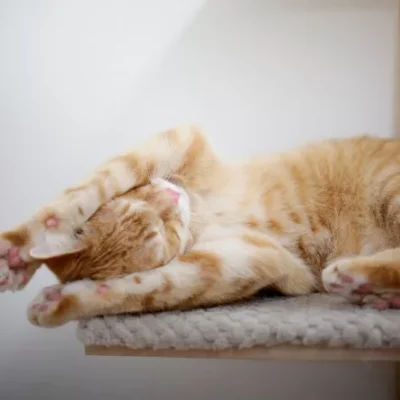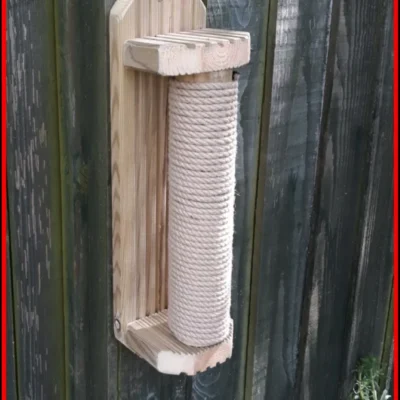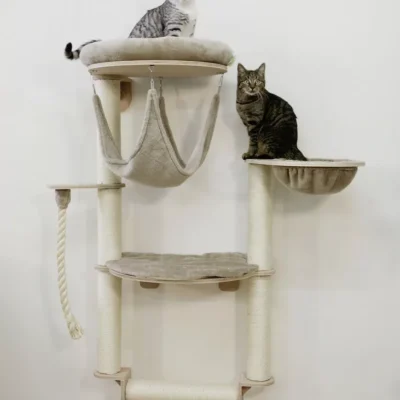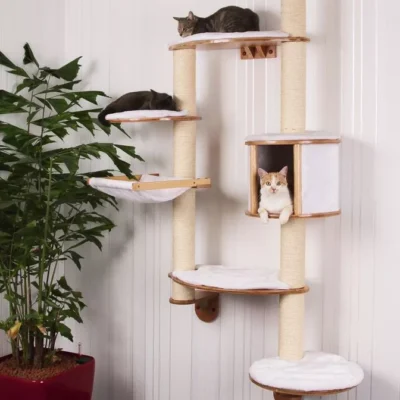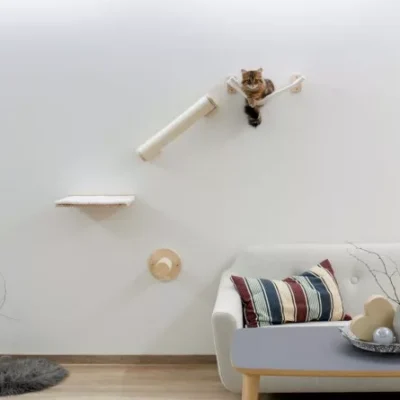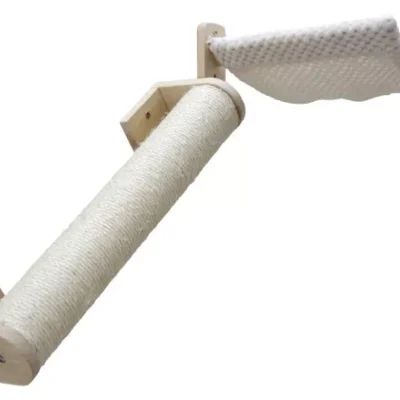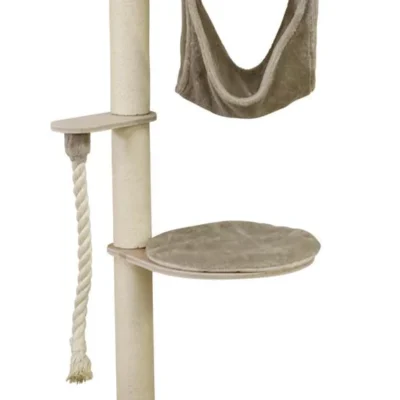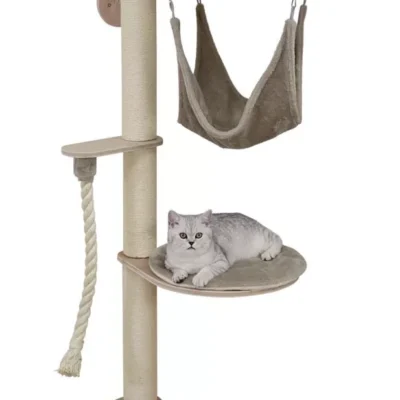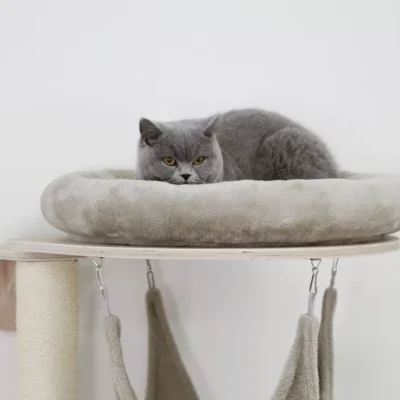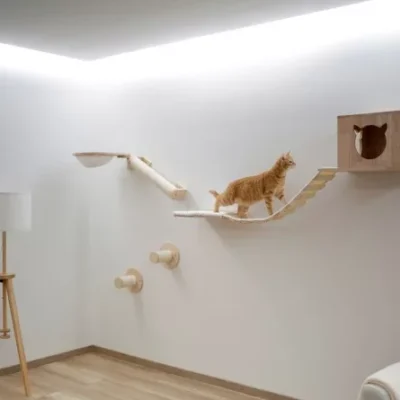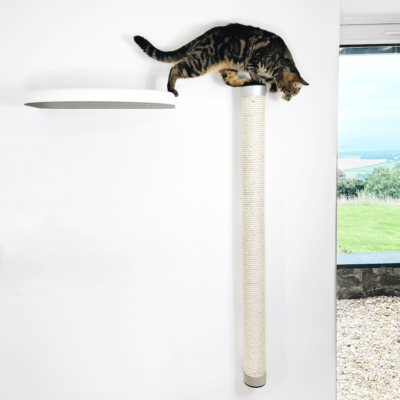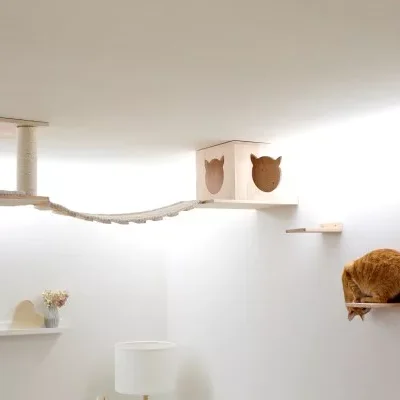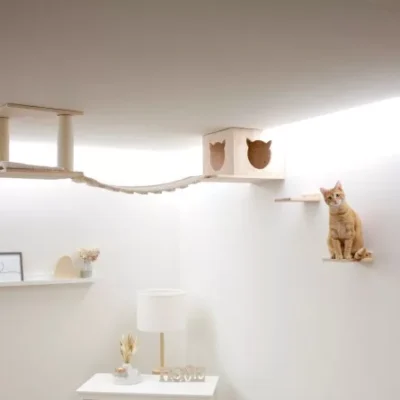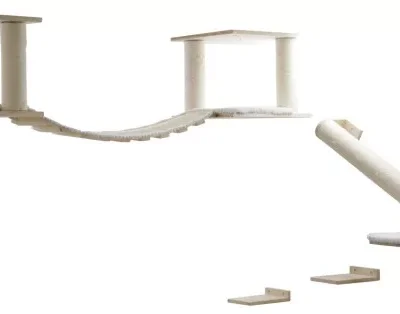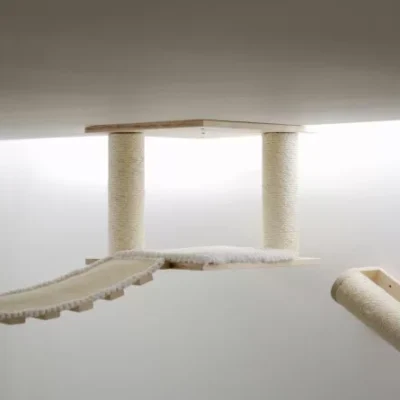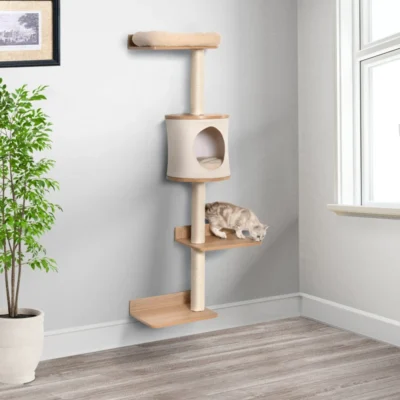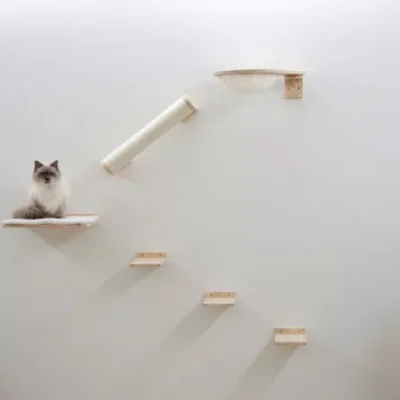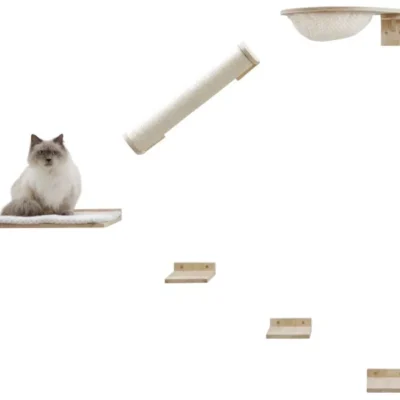0
Understanding feline behavior is crucial for cat owners to comprehend how cats adapt to different seasons. Cats, creatures of habit, exhibit various behaviors influenced by shifts in temperature and daylight hours.
Cats respond to seasonal changes in several ways. First, they are highly sensitive to temperature fluctuations. In colder weather, they seek warmth and tend to stay indoors or find cozy spots to curl up. Conversely, during warmer seasons, they may become more active and spend more time outdoors. This adaptation helps them regulate their body temperature in response to environmental conditions.
Another aspect of seasonal adaptation in cats is their response to daylight hours. Cats are crepuscular animals, meaning they are most active during dawn and dusk. As daylight hours change with the seasons, cats may adjust their activity patterns accordingly. This natural behavior aligns with their hunting instincts and preferred times for hunting.
Seasonal variations in prey availability can also influence a cat’s hunting behavior. Cats may be more active hunters during times when prey is abundant. This behavior is an evolutionary adaptation that allows them to take advantage of the availability of food sources.
Furthermore, cats may exhibit different social behaviors in response to seasonal changes. For instance, during colder months, they may seek more physical contact with their owners for warmth and comfort. This increased interaction can be a way for cats to seek companionship and warmth during the chilly seasons.
One intriguing behavior observed in cats is their tendency to sleep more during colder months. Several factors contribute to this phenomenon. Cats conserve energy by sleeping more when it’s cold, as a lower metabolic rate reduces the need for additional heat production.
Additionally, sleeping allows cats to conserve body heat, and they often seek out cozy spots like sunny windowsills or heated beds for warmth and comfort. Moreover, in cold weather, outdoor hunting opportunities may be limited, so sleeping more during this time helps cats save energy for potential hunting sessions when conditions improve. Overall, increased sleep is a natural behavioral adaptation to seasonal changes, allowing cats to align their activity levels with environmental conditions.
Understanding these seasonal shifts in feline behavior can help cat owners provide appropriate care and enrichment for their pets. Ensuring warmth, comfort, and opportunities for indoor play and stimulation during colder months can contribute to a content and well-adjusted cat.
Understanding Cat Sleep Patterns
Cats are known for their unique sleep patterns, which differ between kittens and adult cats. Kittens, in particular, sleep significantly more than adult cats, often up to 18 hours a day. This extended sleep is crucial for their growth and development, as they expend a lot of energy exploring and playing, requiring more rest to recharge.
On the other hand, adult cats typically sleep for about 12-16 hours a day. Their sleep patterns are often divided into short naps rather than one continuous sleep period. This behavior is due to cats being crepuscular, meaning they are most active during dawn and dusk. Consequently, they adjust their sleep schedule accordingly to align with their natural activity patterns.
Cats sleep for several essential reasons. Firstly, sleep serves as restorative rest for cats, allowing their bodies to repair tissues, strengthen the immune system, and support overall health. Additionally, cats are natural hunters, and hunting requires bursts of intense energy.
Therefore, sleeping conserves energy for these hunting activities. By sleeping during the day, they are ready for active nighttime hunting. Lastly, cats’ dreams and REM (rapid eye movement) sleep play a role in mental stimulation, allowing them to practice hunting and problem-solving skills mentally.
It’s important to note that cat sleep should not be confused with hibernation, which is a state of prolonged dormancy seen in some animals during winter. Cats do not enter hibernation-like states. During their sleep, cats continue to wake up, eat, groom, and interact with their environment. Their sleep patterns do not involve long periods of inactivity or drastically reduced metabolic rates, as seen in hibernating animals like bears or groundhogs. Hibernation is a survival strategy for conserving energy when food is scarce during winter.
In summary, cat sleep patterns are adapted to their natural hunting instincts and energy conservation needs. Understanding these patterns can help cat owners provide a suitable environment and schedule for their feline companions, ensuring they get the rest they need for optimal health and well-being.
Cozy Comfort and Cat Naps
Cats thrive in warm and cozy sleeping environments, making it essential for cat owners to create the perfect spot for their feline companions to nap. One way to achieve this is by providing soft and comfortable bedding in a quiet, draft-free area. Cats love beds with plush cushions or blankets where they can curl up and relax.
Consider heated cat beds or heating pads designed specifically for pets. These provide a warm and inviting sleeping surface, particularly during colder months when cats seek warmth to maintain their body temperature and conserve energy. Cats are naturally drawn to sunny spots, so positioning cat beds near windows where they can bask in the sunlight is also a great idea.
Many cats feel secure when they sleep in elevated positions. Cat trees with perches or wall-mounted shelves provide cozy spots for napping, allowing cats to rest comfortably while feeling safe.
Warmth and comfort significantly influence a cat’s choice of sleeping spots. Cats are highly sensitive to temperature changes, and they seek warmth to regulate their body temperature and conserve energy. Cozy hideaways mimic the feeling of being nestled with their littermates, providing comfort and security. Sunlit areas and radiant heat sources like heating vents or radiators are irresistible to cats as they provide both warmth and a comforting ambiance.
It’s important to understand the different stages of cat sleep and how they change during colder months. Cats are known for their catnaps, which are short, light sleep periods lasting about 15-30 minutes. During these naps, cats can quickly awaken and respond to stimuli. Additionally, cats experience deeper sleep stages with rapid eye movement (REM) sleep, similar to humans. During deep sleep, cats are less responsive to external stimuli, and their bodies undergo restorative processes.
During colder months, cats may spend more time in deep sleep to conserve energy and stay warm. They tend to seek out warmer and cozier spots for these extended naps. By providing a warm and comfortable sleep environment, cat owners can ensure that their feline friends have the perfect place to indulge in their beloved catnaps and deep sleep, contributing to their overall health and happiness.

